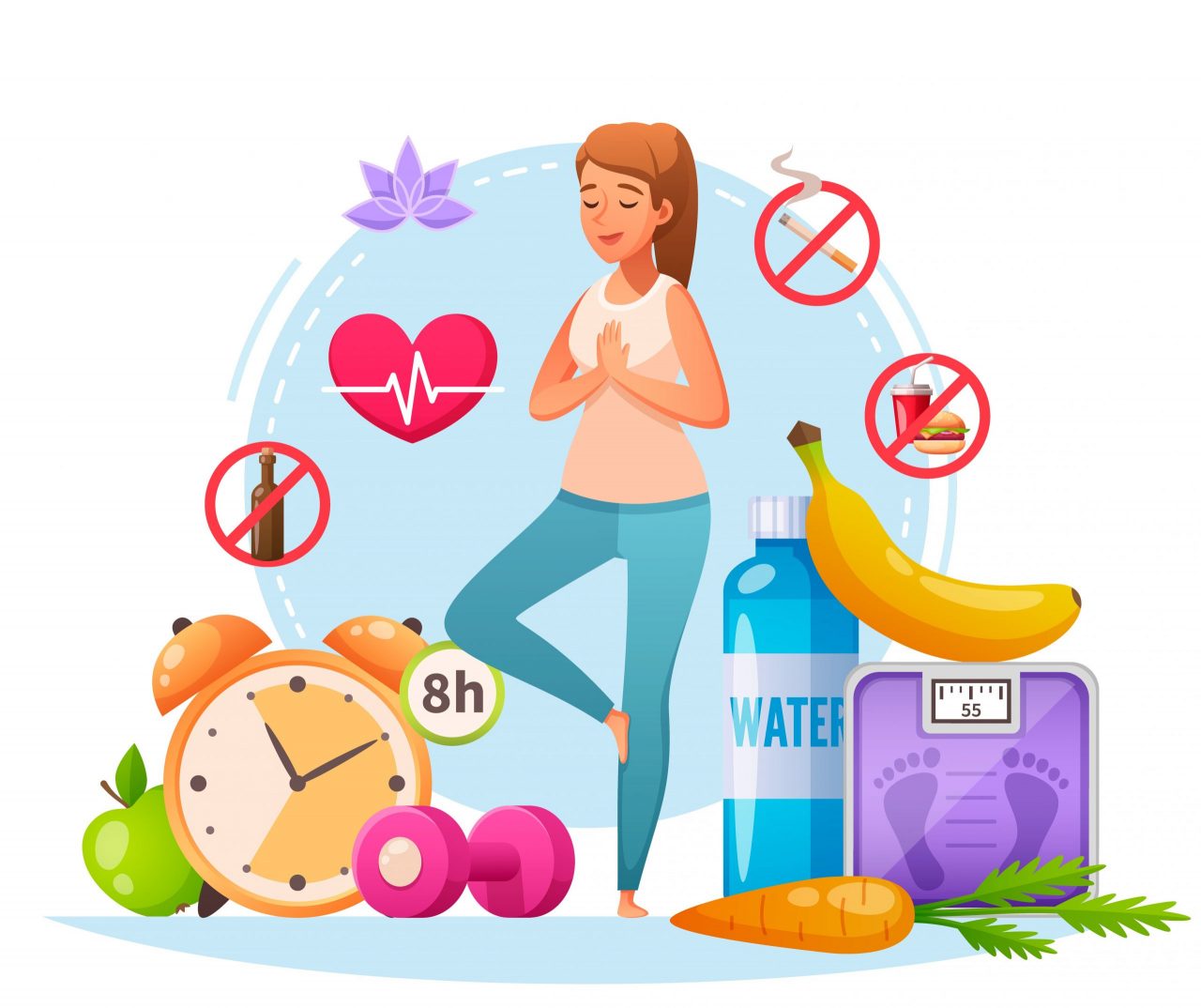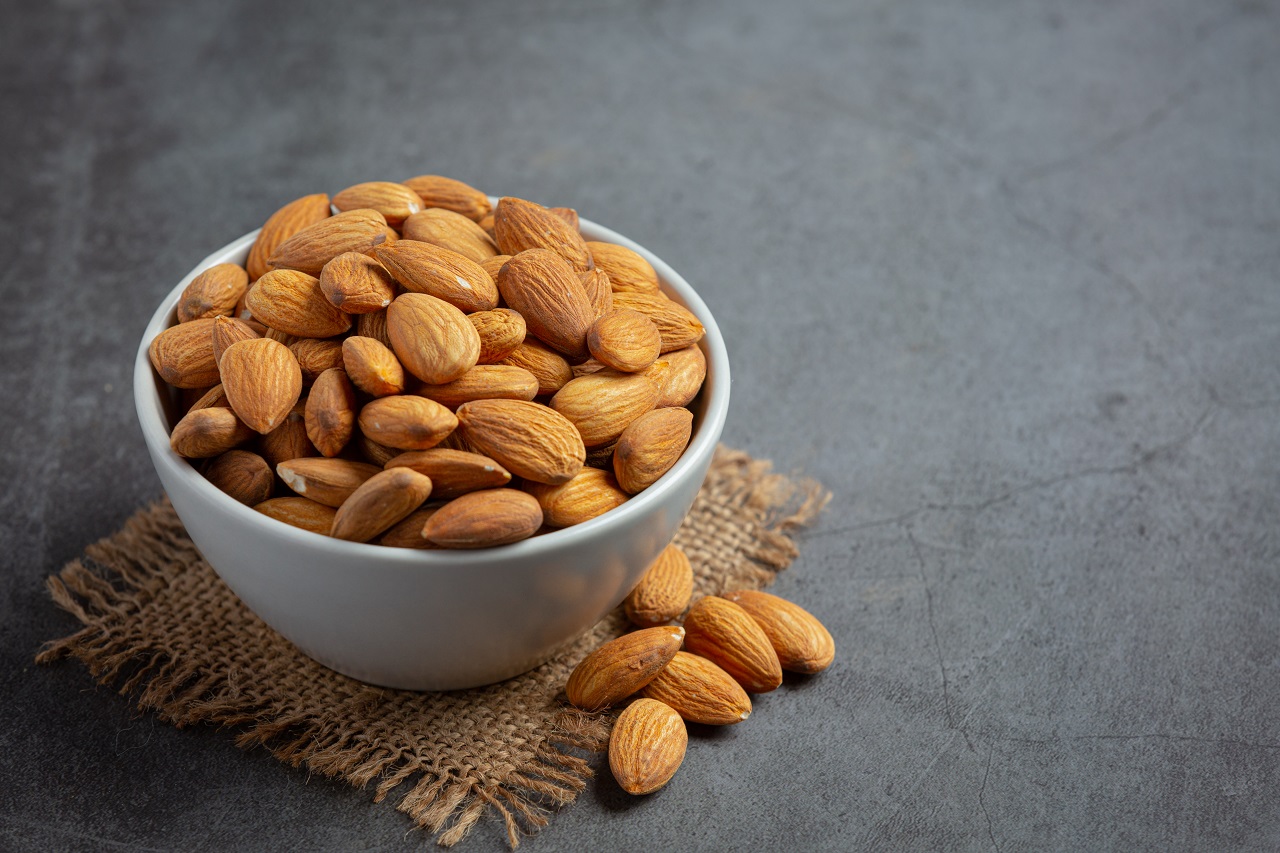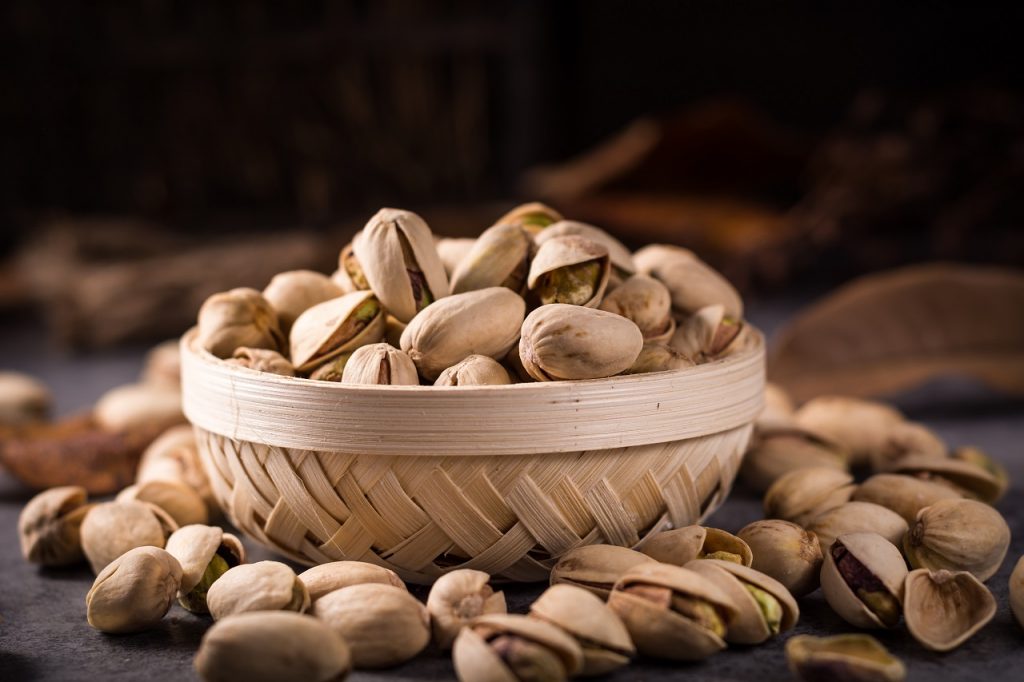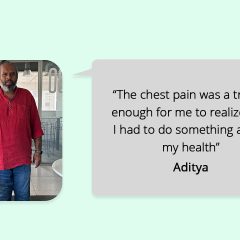
In today’s fast-paced world, maintaining a healthy body has become more crucial than ever. Good food is the cornerstone of a healthy lifestyle and plays a vital role in promoting overall well-being. The food we consume provides essential nutrients, energy, and nourishment to our bodies. In this article, we will explore the significance of good food in maintaining a healthy body and the positive impact it has on our physical and mental well-being.
-
Essential Nutrients for Optimal Functioning
Good food provides our bodies with the necessary nutrients required for optimal functioning. These nutrients include carbohydrates, fats, protein, minerals, vitamins, and water. Carbohydrates are the primary source of energy, while proteins are essential for growth, repair, and maintenance of body tissues. Fats play a significant role in hormone production, brain function, and absorption of fat-soluble vitamins.
Vitamins and minerals are necessary for numerous bodily functions, including immune system support, energy production, bone health, and protection against oxidative stress. Additionally, water is essential for maintaining proper hydration and facilitating various physiological processes.
-
Disease Prevention and Management
Consuming a balanced and nutritious diet significantly reduces the risk of developing chronic diseases such as obesity, heart disease, type 2 diabetes, and certain types of cancer. A diet rich in fruits, vegetables, whole grains, lean proteins, and healthy fats provides the body with essential antioxidants, phytochemicals, and fiber that help combat inflammation, boost the immune system, and protect against cellular damage.
-
Weight Management
Maintaining a healthy weight is crucial for overall health. Good food choices, combined with regular physical activity, help manage body weight effectively. A balanced diet with adequate portions ensures that our bodies receive the necessary nutrients without excess calories. High-fiber foods, such as fruits, vegetables, and whole grains, provide a feeling of fullness, reducing the likelihood of overeating. In contrast, processed foods high in sugar, unhealthy fats, and empty calories contribute to weight gain and various associated health problems.
-
Mental Well-being
The impact of good food extends beyond physical health; it also influences mental well-being. Several studies have shown a strong connection between diet and mental health conditions such as depression and anxiety. Nutrient deficiencies, particularly omega-3 fatty acids, B vitamins, and minerals like zinc and magnesium, have been linked to an increased risk of mental health disorders.
Conversely, a nutrient-rich diet, including whole foods, fruits, vegetables, legumes, and healthy fats, has been associated with improved mood, cognitive function, and overall mental well-being. Healthy eating habits can also enhance sleep quality, energy levels, and brain performance, thereby promoting a positive mindset and reducing stress.
-
Longevity and Quality of Life
Good food choices and a healthy lifestyle contribute to a longer, healthier life. Studies have consistently shown that individuals who adhere to a nutrient-dense diet have a lower risk of premature death and age-related chronic diseases. The combined effects of proper nutrition, regular physical activity, and other healthy lifestyle factors can improve vitality, increase longevity, and enhance the overall quality of life.
The importance of good food for a healthy body cannot be overstated. A well-balanced and nutritious diet provides the essential nutrients, energy, and protection necessary for optimal bodily functions. It not only prevents diseases and helps manage weight but also supports mental well-being, promotes longevity, and enhances overall quality of life. By making conscious choices to incorporate whole, unprocessed foods into our diets, we empower ourselves to lead healthier, happier lives. Remember, food is not just fuel; it is the foundation of our well-being.
We trust you’ve found this article informative and beneficial, please let us know in the comments below. You can discover more articles on enhancing your lifestyle here. To get personalized guidance and expert advice consider subscribing to GOQii’s Personalised Health Coaching here.
#BeTheForce

 How many times have we pushed ourselves to our physical limits in order to get rid of excess body fat only to end up gaining it all over again? Keeping body fat off is a difficult task but it is not impossible. All you need is the right knowledge and this article has it!
How many times have we pushed ourselves to our physical limits in order to get rid of excess body fat only to end up gaining it all over again? Keeping body fat off is a difficult task but it is not impossible. All you need is the right knowledge and this article has it! Pistachios are edible seeds of the pistachio tree, member of the cashew family. They are nutrient-packed nuts that can be enjoyed both as a healthy snack or as part of a delicious recipe. Available both in the shell (in-shell) or with their shell already removed (shelled), they’re typically sold roasted and salted, although unsalted options are available, as well as some flavoured varieties, too.
Pistachios are edible seeds of the pistachio tree, member of the cashew family. They are nutrient-packed nuts that can be enjoyed both as a healthy snack or as part of a delicious recipe. Available both in the shell (in-shell) or with their shell already removed (shelled), they’re typically sold roasted and salted, although unsalted options are available, as well as some flavoured varieties, too.


